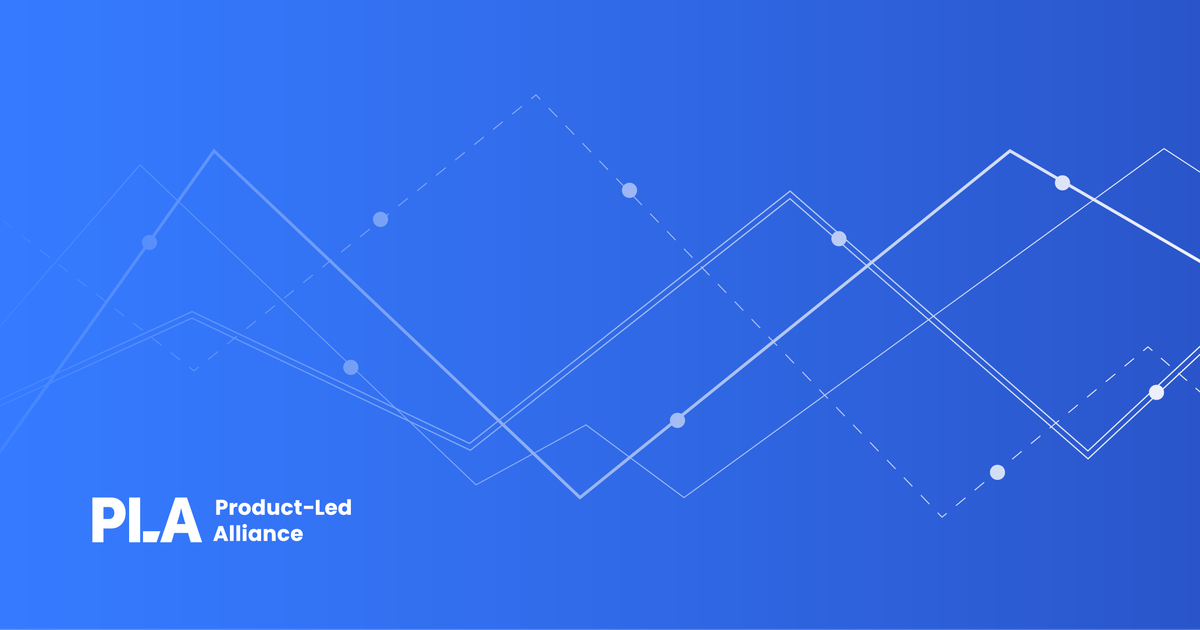Over the last three years, product-led growth (PLG) has become a popular go-to-market strategy for B2B SaaS and software companies. It is quite common for a traditional B2B organization to add a PLG strategy into their Go-To-Market (GTM) efforts.
Product is now a channel, and relying on the product as the main driver of customer acquisition, activation, and expansion is becoming the norm. PLG enables faster growth, promises to lower customer acquisition costs (CAC), and increases lifetime value (LTV).
A common E-Staff discussion is around monetizing PLG and overlaying it into existing sales-driven GTM models.
- What is product-led growth?
- The benefits of product-led growth
- Implementing a product-led growth strategy
- Driving product-led growth at your company
What is product-led growth?
Taking one step back, PLG is a customer-centric approach that puts the product at the center of the customer journey. Oftentimes, PLG is viewed as a business methodology to impact the entire customer lifecycle.
The goal is to deliver an exceptional product experience with frictionless onboarding, in-app education, and data-driven personalization to encourage natural product adoption. The success of PLG requires:
- A seamless product user experience to quickly understand value.
- Well-designed onboarding flows and in-app experiences.
- Data and analytics to optimize the customer journey.
- Continuous experimentation and rapid product iteration.
Check out our sister community Product-Led Alliance for content specifically curated to product-led growth and product management.

The benefits of PLG
To augment traditional sales-driven models, a PLG strategy powered by an excellent product can help to yield significant benefits:
- Faster growth: By acquiring users directly through the product, PLG enables rapid growth and expansion. PLG companies see 50% faster growth on average.
- Lower customer acquisition costs: Self-service onboarding and frictionless trials reduce the cost of acquiring each customer by 25% typically.
- Higher retention: Great in-app experiences boost customer retention by 30% when properly implemented.
- Higher lifetime value: Data-driven usage insights and in-app upsell allow PLG companies to have the stickiness factor and influence LTV by up to 4x just from user experience.

Implementing a PLG strategy
Transitioning to a PLG model requires refocusing processes and teams around the product and customer journey. Here are some best practices:
- Build cross-functional PLG teams focused on acquisition, activation, and monetization. PLG success relies on a dedicated cross-functional focus across Marketing, Product, Sales teams.
- Optimize every stage of the funnel - from awareness to retention and expansion.
- Leverage data and analytics to create growth loops based on user behavior to build, accelerate, & optimize the self-service funnel.
- Enable in-app account management and e-commerce capabilities such as PAYG billing, metering based on user consumption.
- Develop segmented sales plays to provide high-touch support where needed, and incorporate the ability to notify sales when there are indicators of high levels of product consumption based on in-product activity.
- Iterate rapidly based on experimentation and customer feedback. Building a data-driven culture requires proving hypotheses and inferences with data.
Product-led strategies represent an exciting opportunity to accelerate growth. With the right product, team structure, and customer focus, PLG can help your organization gain a competitive advantage.
Driving PLG at your company
As PLG adoption increases, companies need to develop strategies to capitalize on this go-to-market shift. Oftentimes, companies are implementing standalone tactics that are bottom-up, and lack having a top-down focus.
It can be a balancing act to incorporate PLG with other company priorities, and therefore having a framework that can scale & grow with key business drivers is critical for success.
A common corporate value in today’s climate is around customer obsession. PLG motion is the baseline for activating this corporate value.



 Follow us on LinkedIn
Follow us on LinkedIn



